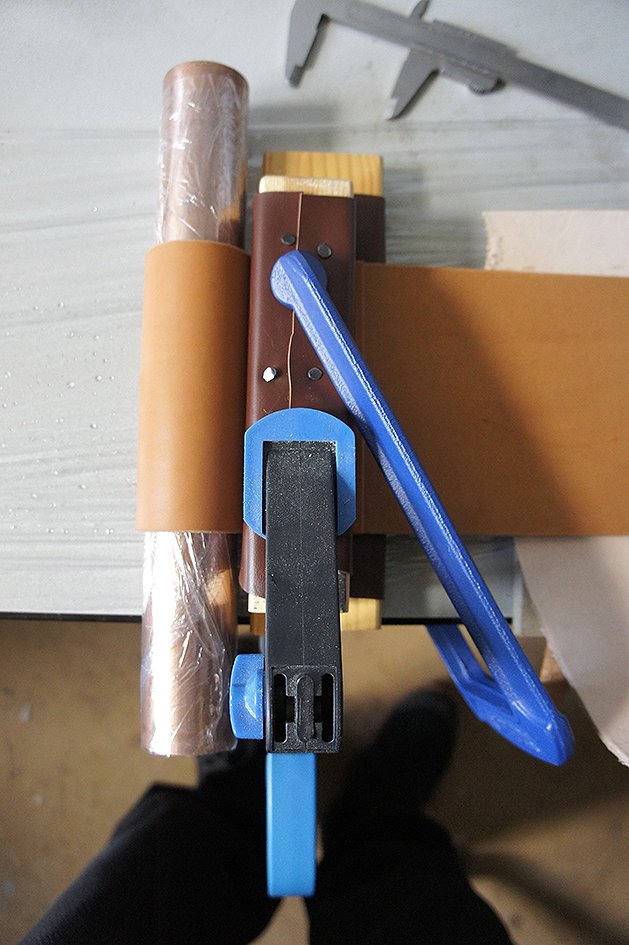“Sans savoir, sans avoir, sans voir.”
Caputo J : Prayers and Tears of Jacques Derrida, Introduction p20
“Without knowing, without having, without seeing”
/////////////////////
Vertical forms suspended in space
A host.
Khôra - the liminal - the place of transformation
/////////////////////
Khôra (also chora; Ancient Greek: χώρα) was the territory of the Ancient Greek polis outside the city proper. The term has been used in philosophy by Plato to designate a receptacle (as a "third kind" [triton genos]; Timaeus 48e4), a space, a material substratum, or an interval. In Plato's account, khôrais described as a formless interval, alike to a non-being, in between which the "Forms" were received from the intelligible realm (where they were originally held) and were "copied", shaping into the transitory forms of the sensible realm; it "gives space" and has maternal overtones (a womb, matrix)
Wikipedia https://en.wikipedia.org/wiki/Khôra
Also:
“So likewise it is right that the substance which is to be fitted to receive frequently over its whole extent the copies of all things intelligible and eternal should itself, of its own nature, be void of all the forms. Wherefore, let us not speak of her that is the Mother and Receptacle of this generated world, which is perceptible by sight and all the senses, by the name of earth or air or fire or water, or any aggregates or constituents thereof: rather, if we describe her as a Kind invisible and unshaped, all-receptive, and in some most perplexing and most baffling partaking of the intelligible, we shall describe her truly.”
— Plato, Timaeus, 51a[1]
“As we will see, Derrida easily made the "no" stick. He dispatched this accusation, or deferred this congratulation, effectively and effI ciently, persuasively arguing that whatever their "syntactical" similarities there is a deep "semantic" divide between God and différance, that "it," différance, is not the God of negative theology. (We cannot fail to notice that "God" here is not exactly Yahweh, not the God of prophets like Amos or Isaiah, a God who wants justice, but the God of Christian Neoplatonism.) However highly it is esteemed, différance is not God. Negative theology is always on the track of a "hyper essentiality," of something hyper-present, hyper-real or sur-real, so really real that we are never satisfied simply to say that it is merely real. Différance, on the other hand, is less than real, not quite real, never gets as far as being or entity or presence, which is why it is emblematized by insubstantial quasi-beings like ashes and ghosts which flutter between existence and nonexistence, or with humble khöra, say, rather than with the prestigious Platonic Sun. Differance is but a quasi-transcendental anteriority, not a supereminent, transcendent ulteriority.
Caputo J : Prayers and Tears of Jacques Derrida p2
////////////////////////////////////////////////////////////////////////////////////
In a previous blog I had commented on-
So in light of the nature of Derrida's approach to deconstructions and undecidability - where in his thinking does he reference a constructive approach? What if anything isn’t left undone - Reinscription? Somewhere I read about a part of his work that touched on this but cannot remember which book it was.
////////////////////////////////////////////////////////////////////////////////////
Caputo goes on from the quote about to discuss that the direction of deconstruction ultimately points up - ‘a passion for the impossible’ p3, whilst also contextualising difference, in a contructive/ generative way.
'"Translating" in deconstruction is nothing reductionistic, and that is because différance opens things up rather than barring the door closed.” P4
There is a place for generation rather than reduction. Reduction being the popular misnomer of Deconstruction.
Useful phrases from p2-4
“Initiating a pact with the impossible”
“Tout autre est tout autre” - every other is wholly other
Think about essence becoming real. Emerging from the Khôra. Extensia.
Do I emerge from the Khôra every day. Transformed by renewing my mind? Is the Khôra a limiting phrase? Just another addressing of the same thing? And how does this impact my research and art?
What I do like is this addressing of the’ impossible’, and a possible/impossible place of transformation across many manifestations, from major to minor. And then there is the inverted value system. Cultrally we like the dramatic the demostratable, the evidential. Yet these texts allude to the small the innocuous, being key. That maybe transformation is effected by the granular. The macro. The mustard seed.
God resides in and out of the impossible. Which is impossible.






































































